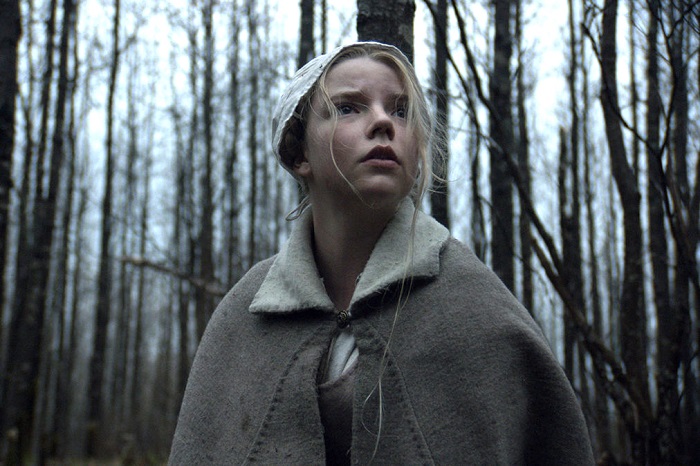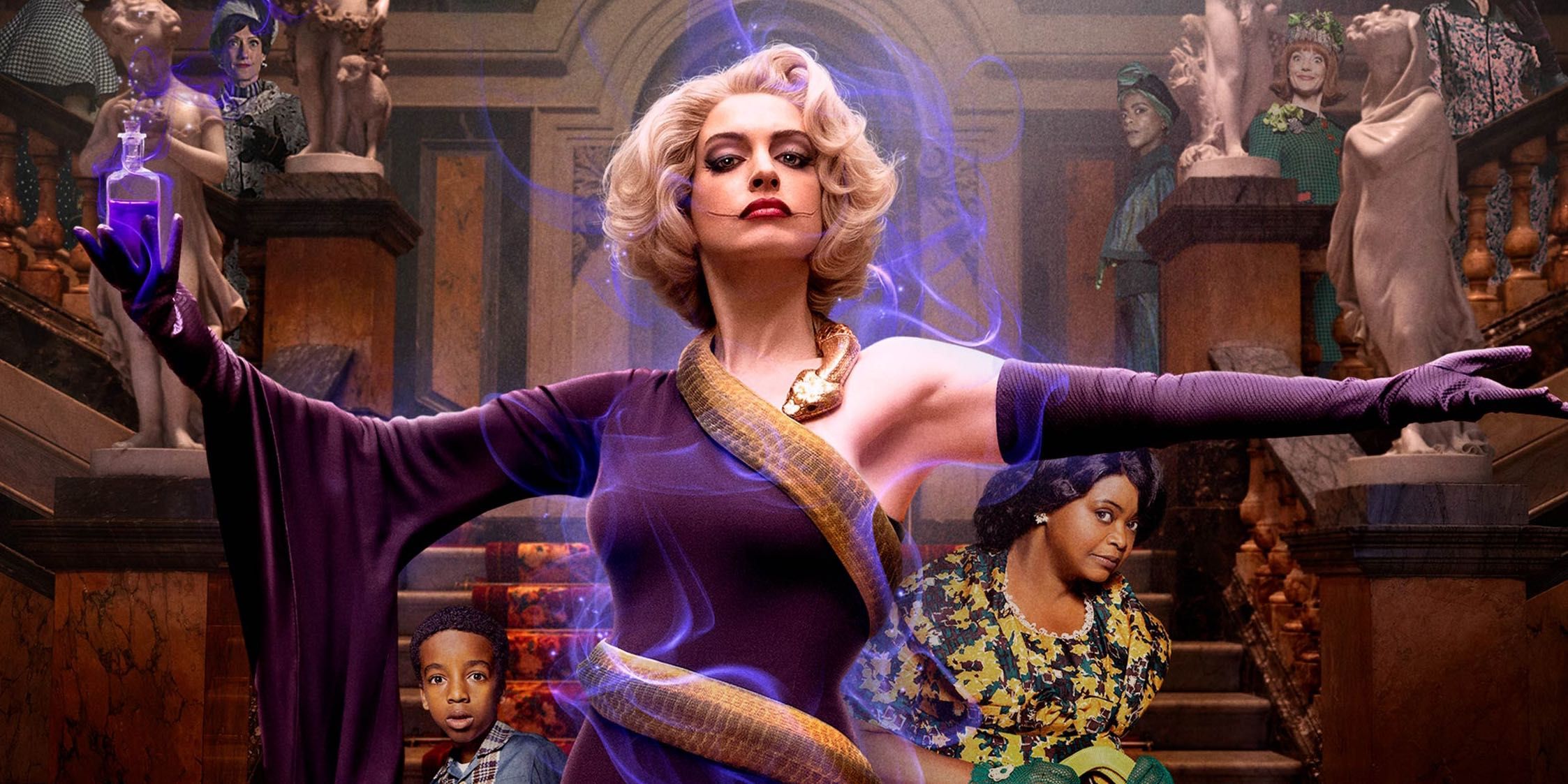
That women were unholy by nature-and had to be anchored by marriage and family-was a common theme in the New England witch trials. In the 1600s, transgressive women were those who failed to satisfy the two most important traits for a female: to be godly and to be a mother. Thomasin's family is all too willing to take her to town and marry her off to whomever will house her. Economizing their eldest daughter through traditional marriage is the logical next step. It's understandable that Thomasin's parents then agonize over their new circumstances: crops aren't coming in, money is scarce, hunting is touch and go, they have five children to feed, and they're outcasts from society. At the time, trade was the only means of attaining food and goods that you could not make or grow yourself-and trade relied on trust and social ties.

When we meet Thomasin, her family is being exiled from their community and forced to settle in a geographically and emotionally remote place. The real horror in Robert Eggers' new film The Witch is the limited and punishing road to womanhood. She chooses to be a witch, the most reviled manifestation of womanhood-and she's all the better for it. Instead, it uses them to show us how much Thomasin, a girl who is eventually (spoiler alert, in case you hadn't already guessed) brave enough to seek autonomy, stands to gain by taking the other, more transgressive role for women. The movie, which opened last month to critical acclaim and has made $22 million at the box office, turns these suffocating circumstances on their head.

Welcome to 1630 New England, where our coming-of-age heroine, Thomasin, is coming face-to-face with puritanical gender roles, and her culture's vilification of women who break ranks.


 0 kommentar(er)
0 kommentar(er)
